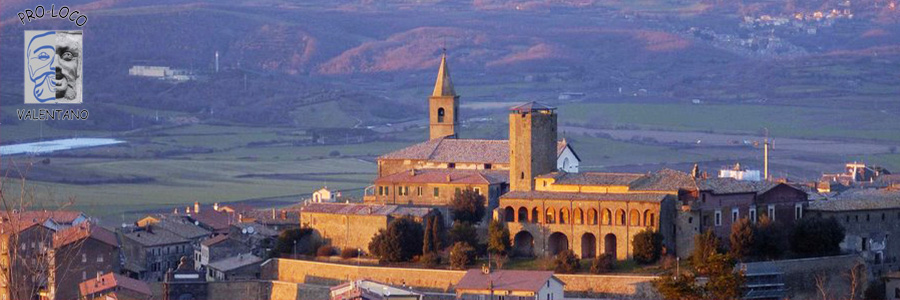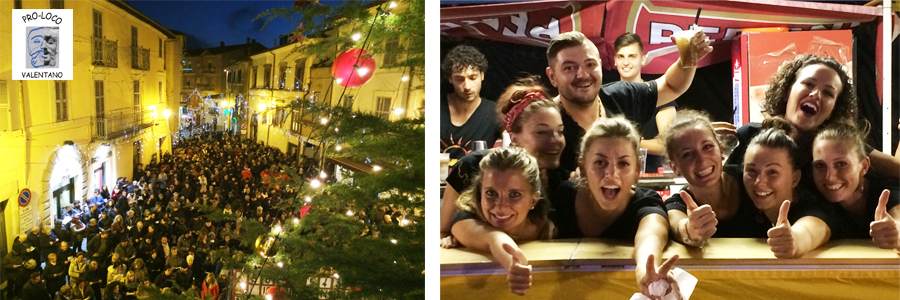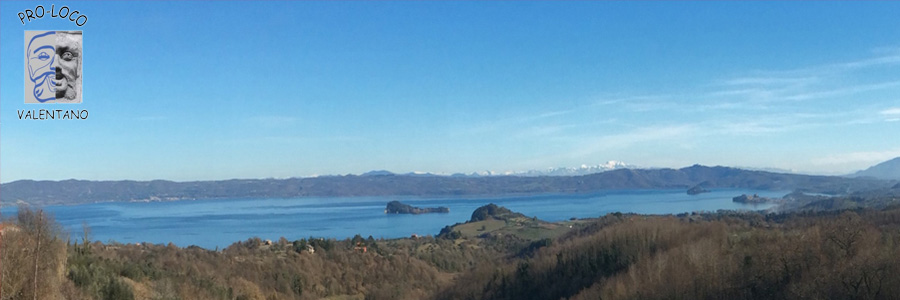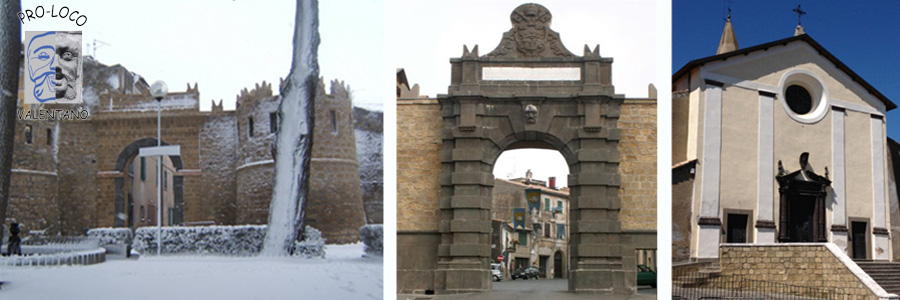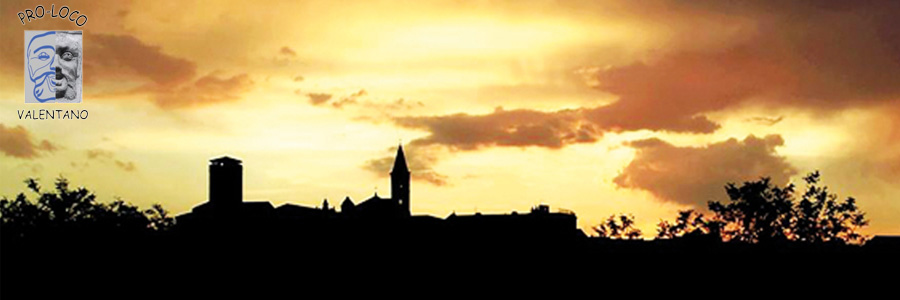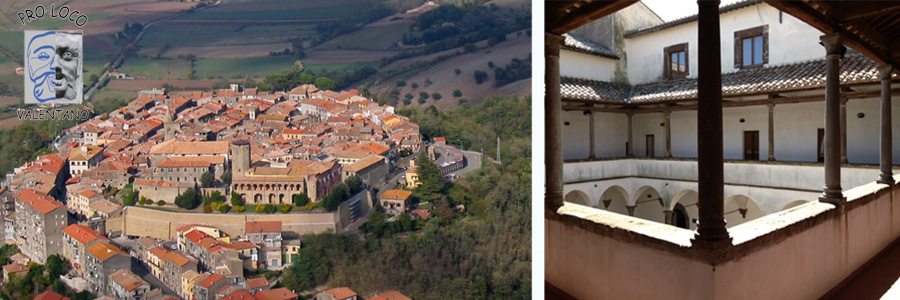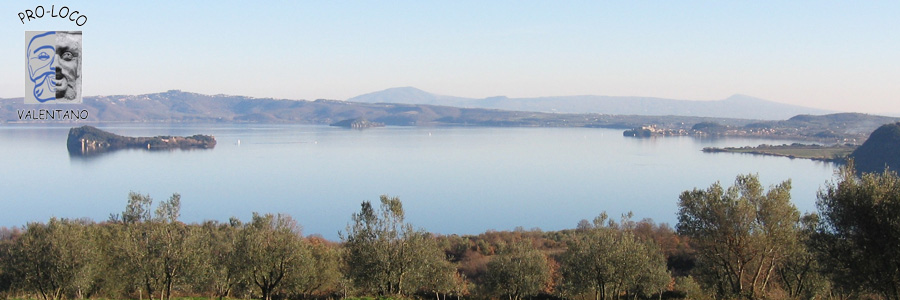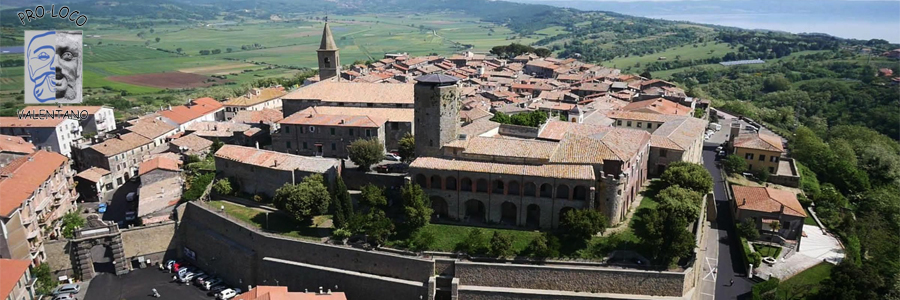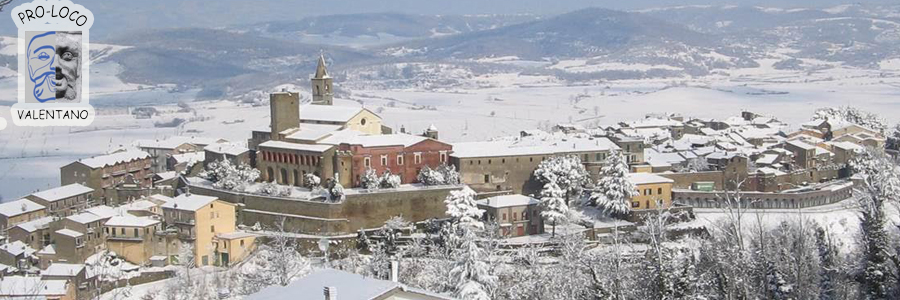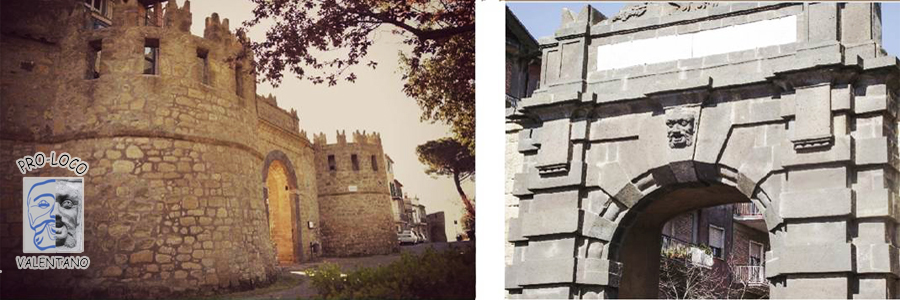Territory
Chi lo vuole scoprire deve affacciarsi, come fece l’archeologo George Dennis nel 1843, dalla “splendida terrazza” di San Martino per comprendere come dall’alto del colle si possa avere l’immagine di un insieme che, tra l’azzurro del lago a levante e quello del mare a meridione, il verde-marrone della fertile campagna, il giallo del tufo, il rosso e il nero del lapillo vulcanico, riesce a farci comprendere l’andare del tempo e il sapore delle stagioni.
Lake Mezzano
A few kilometers far from Valentano you can find a volcanic lake named Mezzano, at an altitude of 452 meters (with an extension of 47 ha, 2 km of perimeter and a maximum depth of 36 m), located in a rural landscape of rare beauty.
Historians locate in Mezzano the Lacus Statoniensis described by Seneca in the Quaestiones Naturales and by Plinio il Vecchio in his Naturalis Historia: it seems that on its banks the ancient Statonia was located: underwater prospecting permitted the delineation of two human settlements made of palafittes fixed on its backdrop.
The clear waters of Mezzano, in prehistoric times, flooded some villages of the Bronze Age (2000-1000 years B.C.) jealously guarding for nearly four thousand years the wooden structures of the stilts, ceramic containers, bronze tools (axes, swords, buckles, pins) and wooden artefacts. The first discoveries date back to 1973. The pristine beauty of the place is not exhausted in the environment rich in history, but further arises thanks to the beautiful environmental setting that characterizes the banks. A lake almost completely devoid of traces of human presence. No paved roads, you just get there walking, no drains to compromise its clean waters.
The perimeter of the lake is surrounded by reed beds, particularly near the effluent, the river Olpeta, humid environments are populated by a rich birdlife. Water rails, coots, moorhens, kingfishers are an ideal shelter among the alders, willows and reeds, and, if you are lucky, you may even see the fast marsh hawk circling in search of prey. At the end of reeds surrounding the lake, there is a short strip of grassland and then the slopes, typical of volcanic lakes, covered by beautiful tree line. Particularly striking is the forest located on the west side, Monte Rosso, where tall and ancient oak trees hide the remains of the Mezzano Castle, of Lombard origin, destroyed around 1350 A.C..
A place where, according to the legend and to the popular tradition, Pia de 'Tolomei, the Sienese noblewoman mentioned by Dante in the fifth canto of Purgatory, was locked up and then killed. Not far from the lake (about 1.5 km) is an incredible monument of nature: an immense oak, over 300 years old, classified as one of the oldest plants in Lazio, which stands on the edge of a steep ditch. WWF has declared it a "natural monument".
The hill of Monte Becco stands in the area, overlooking the Natural Reserve of Lamone. On this hill, often referred to as one of the possible sites of Fanum Voltumnae, the largest and unknown Etruscan sanctuary, a study mission from the Academy of Denmark has found traces of Etruscan presence with walls, bronze remains, and numerous cooked tiles, one of which has engraved on it all the Etruscan alphabet characters.
